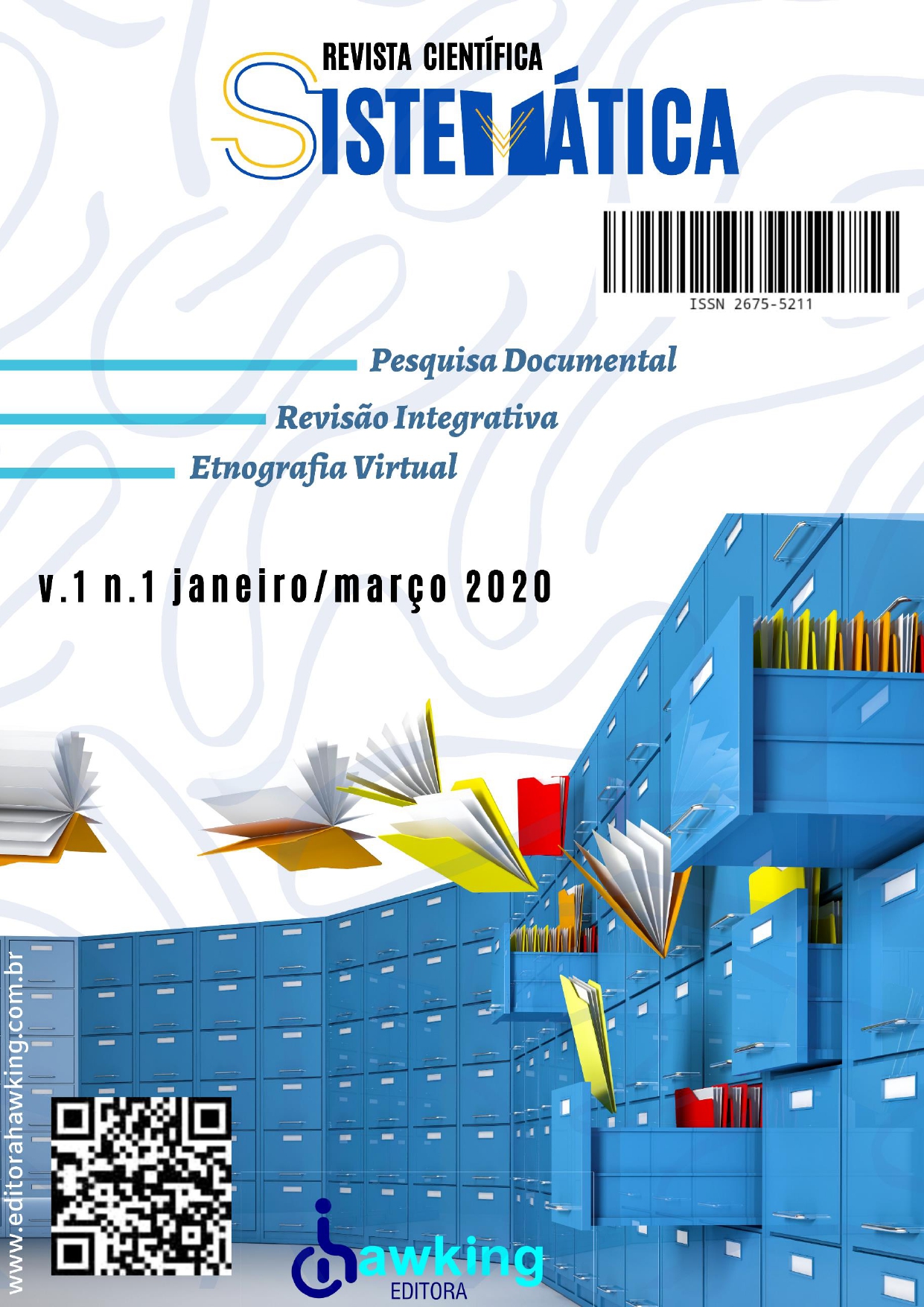THE IMPACT OF ARCHITECTURAL VISUALIZATION ON PARTICIPATORY URBAN PLANNING
DOI:
https://doi.org/10.56238/rcsv1n1-005Palavras-chave:
Architectural visualization, Participatory urban planning, 3D modeling, Public participation, Planning support systems, Virtual reality, Digital twins, Urban governanceResumo
This article explores the impact of architectural visualization on participatory urban planning, emphasizing the role of 3D images, animations, and immersive simulations as communicative tools that bridge the gap between urban planners, government agencies, and citizens. Architectural visualization lowers the cognitive barriers to understanding complex planning proposals, enabling wider civic engagement and fostering collaborative problem-solving. By making future scenarios visually and experientially accessible, visualization strengthens transparency, enhances trust, and supports informed participation. The analysis highlights the potential of visualization when integrated into participatory frameworks such as Planning Support Systems and Public Participation GIS, while also addressing ethical concerns, the risks of manipulation, and the importance of inclusive design. Ultimately, the paper argues that visualization is not merely a representational device but a democratic instrument that enhances deliberation, equity, and legitimacy in public decision-making.
Downloads
Publicado
Edição
Seção
Licença
Copyright (c) 2020 Hernan Sandres

Este trabalho está licenciado sob uma licença Creative Commons Attribution-NonCommercial 4.0 International License.


